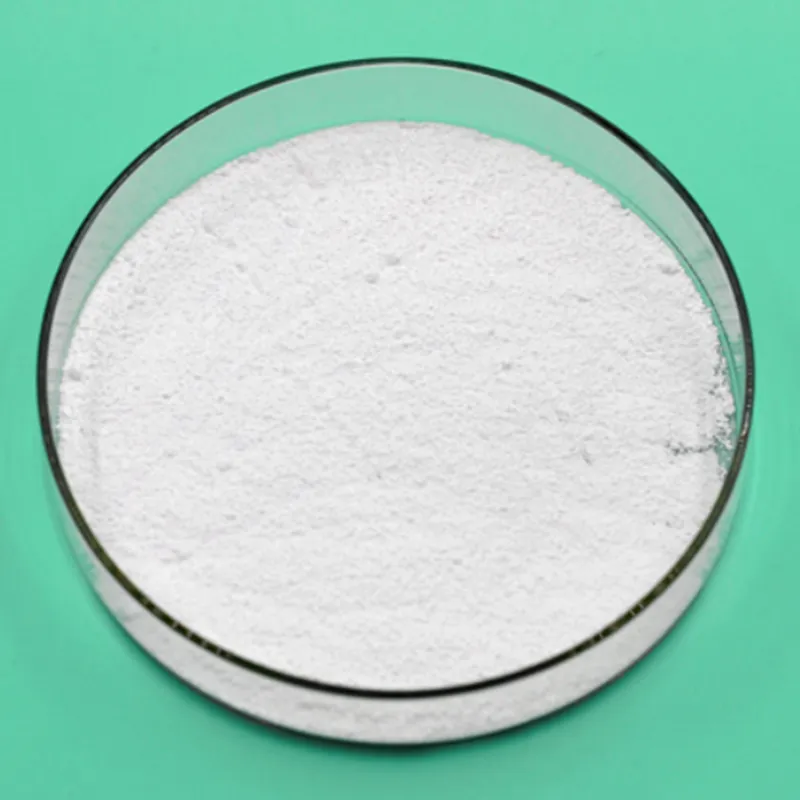
An Overview of E260 as a Common Acidity Regulator in Food Products and Its Applications
Understanding E260 Acetic Acid as an Acidity Regulator
E260, known chemically as acetic acid, is a widely used food additive recognized for its role as an acidity regulator. This colorless, volatile liquid has a distinctive sour taste and pungent smell, making it an essential ingredient in many culinary applications and food preservation methods. Let's delve into the significance, uses, and safety of E260 in the food industry.
What is E260?
Acetic acid, the active component of vinegar, is designated as E260 in the European food additive numbering system. It is naturally present in various fermented products, including pickles, sauerkraut, and yogurt. Industrially, it is produced through the oxidation of ethanol or by fermentation of sugars. When concentrated, acetic acid exhibits a pungent aroma reminiscent of vinegar, which is why it is often employed as a flavoring agent in food products.
Role as an Acidity Regulator
The primary function of E260 in food is to regulate acidity and pH levels. By controlling the acidity, it helps preserve the freshness and quality of food items, preventing spoilage and enhancing flavor. Acetic acid is particularly effective in inhibiting the growth of harmful bacteria and pathogens, making it a crucial ingredient in food preservation. For example, in pickling vegetables or canning foods, acetic acid creates an environment that discourages microbial growth, thereby extending shelf life.
Moreover, E260 contributes to the overall taste profile of foods. It adds a tangy flavor to products, balancing sweetness and enriching the sensory experience of the consumer. As an acidity regulator, it allows manufacturers to create products that meet specific pH requirements, essential for both safety and stability during storage.
Applications in the Food Industry
e260 acidity regulator

E260 is utilized in a vast array of food products. Its most common application is in condiment production, especially in mustards, ketchup, and dressings. Additionally, it is prevalent in the manufacturing of sauces, marinades, and canned foods. E260 enhances the taste of various snack foods and processed items, giving them a characteristic tanginess that appeals to consumers.
In bakery products, acetic acid can improve the dough's stability and flavor. It interacts with other ingredients, promoting a desirable texture and aroma in bread and pastries. In dairy products, acetic acid is used to acidify milk, contributing to the production of cheese and yogurt.
Safety and Regulation
E260 is generally recognized as safe (GRAS) when used within the regulated limits. Regulatory bodies, including the European Food Safety Authority (EFSA) and the U.S. Food and Drug Administration (FDA), have established standards that govern the allowable concentrations of acetic acid in food products. These guidelines ensure that consumers are protected from any potential adverse effects associated with excessive intake.
However, it is essential to consider individual sensitivities. Some people may experience gastrointestinal discomfort when consuming foods with high concentrations of acetic acid, especially in large quantities. Therefore, moderation is key in ensuring that consumers can enjoy the benefits of E260 without adverse effects.
Conclusion
E260, or acetic acid, serves as a vital acidity regulator in the food industry, offering both preservation and flavor enhancement. Its ability to inhibit microbial growth and contribute to the sensory profile of food makes it an indispensable additive in various culinary applications. As consumers become increasingly aware of food ingredients, transparency in labeling and responsible usage of additives like E260 will be crucial for manufacturers. Ultimately, E260 plays an essential role in modern food processing, balancing safety, taste, and quality in the products we enjoy every day.
-
nitrile-rubber-honoring-strict-production-standardsNewsAug.22,2025
-
aspartame-ingredients-honoring-food-safety-valuesNewsAug.22,2025
-
fertilizer-for-balanced-plant-nutritionNewsAug.22,2025
-
cyanide-gold-processing-with-high-purity-additivesNewsAug.22,2025
-
formic-acid-in-textile-dyeing-applicationsNewsAug.22,2025
-
aluminum-hydroxide-gel-in-skincare-productsNewsAug.22,2025
-
Regulatory Compliance for Global Mining Chemicals UseNewsAug.12,2025
Hebei Tenger Chemical Technology Co., Ltd. focuses on the chemical industry and is committed to the export service of chemical raw materials.
-

view more DiethanolisopropanolamineIn the ever-growing field of chemical solutions, diethanolisopropanolamine (DEIPA) stands out as a versatile and important compound. Due to its unique chemical structure and properties, DEIPA is of interest to various industries including construction, personal care, and agriculture. -

view more TriisopropanolamineTriisopropanolamine (TIPA) alkanol amine substance, is a kind of alcohol amine compound with amino and alcohol hydroxyl, and because of its molecules contains both amino and hydroxyl. -

view more Tetramethyl Thiuram DisulfideTetramethyl thiuram disulfide, also known as TMTD, is a white to light-yellow powder with a distinct sulfur-like odor. It is soluble in organic solvents such as benzene, acetone, and ethyl acetate, making it highly versatile for use in different formulations. TMTD is known for its excellent vulcanization acceleration properties, which makes it a key ingredient in the production of rubber products. Additionally, it acts as an effective fungicide and bactericide, making it valuable in agricultural applications. Its high purity and stability ensure consistent performance, making it a preferred choice for manufacturers across various industries.





